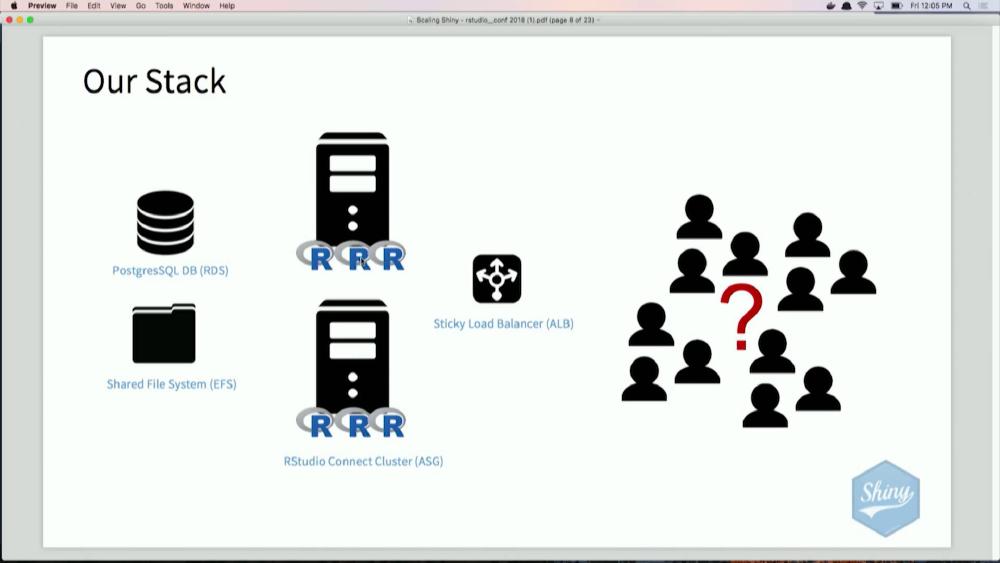
Keep in mind that credentials should be encrypted and stored in a database in the case of apps deployed in production (database connection is not covered in this particular post).Īccess the companion app to test it live here! Note: for the sake of the demonstration, I created a table to store username and password straight from the Shiny server section. Lastly, I’ll briefly mention two other approaches.In a third step, I’ll leverage the shinyauthr package, which is basically an implementation of step 2 with a few additional functionalities, including password hashing (based on the sodium package).This will increase your application readability and maintainability, and make your login form easy to reuse across several applications. Then, I’ll pack the login form and the corresponding server logic into a module.


A QUICK WORD ON THE 3 PROPOSED APPROACHES


 0 kommentar(er)
0 kommentar(er)
